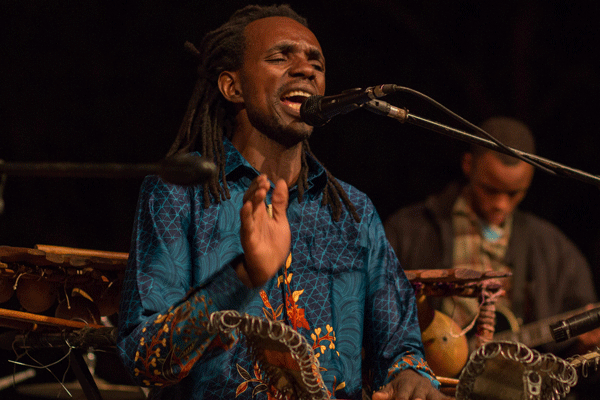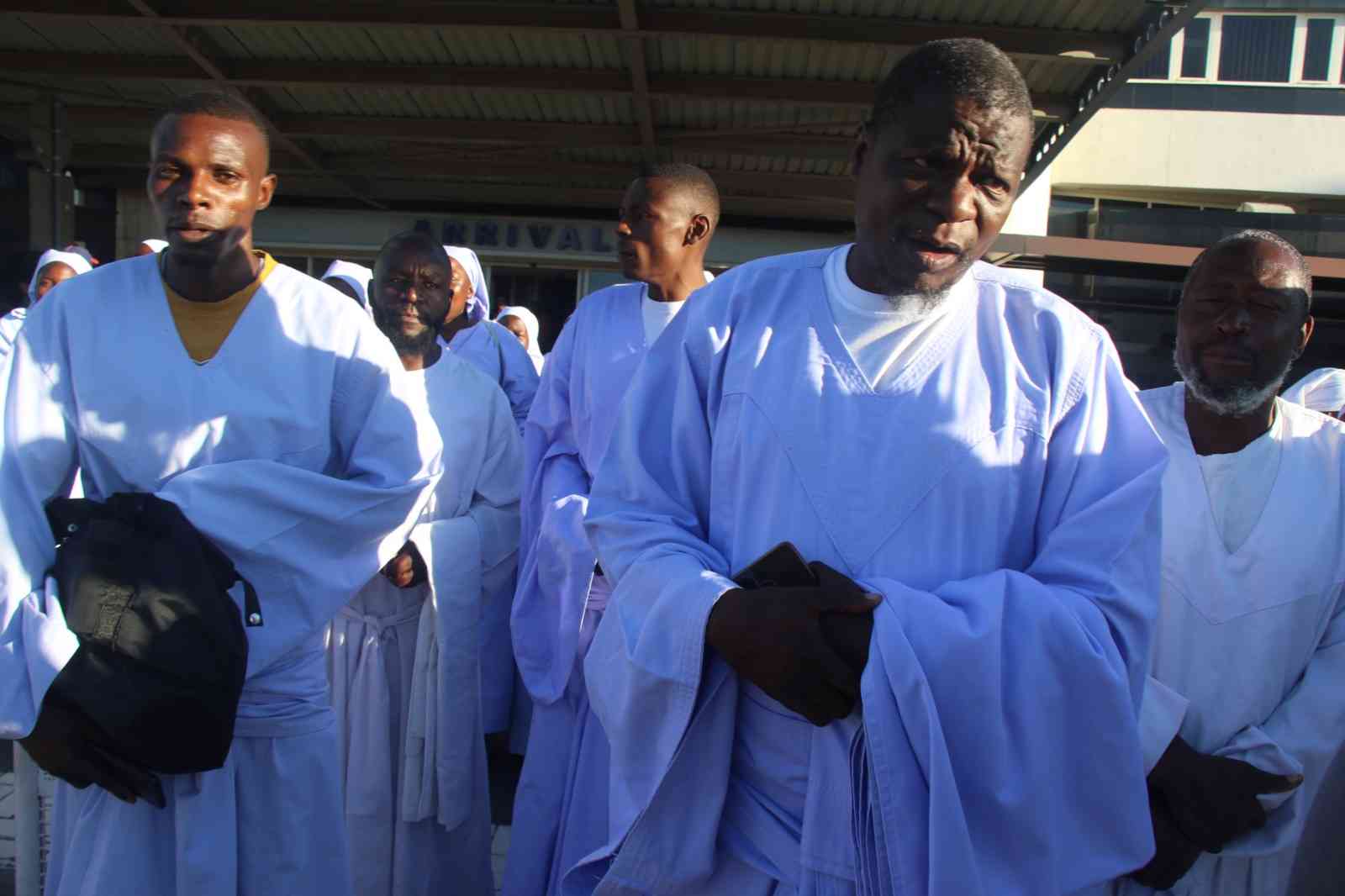
Music According to Percussion (MAP) will on Saturday launch an all percussion double album at the Zimbabwe German Society.
BY TAWANDA TADERERA
MAP is a project that has percussion as the sole driver of different styles of music. Most bands in Zimbabwe use percussion as backing instruments and MAP has a percussionist as the composer and arranger of the music.
The project was started in 2014 by percussionist Othnell Mangoma who also provided backing vocals for top musicians such as Dudu Manhenga, Hope Masike, Oliver Mutukudzi, Tariro Ne Gitare and Victor Kunonga.
Mangoma said Africa was known for good percussion players but most Zimbabweans don’t regard percussionists as musicians.
“This project seeks to display how diverse percussion is and MAP seeks to strengthen the backbone of our music,” he said.
He said percussion was mostly used at funerals and churches in Zimbabwean towns while those in rural areas played drums.
- Chamisa under fire over US$120K donation
- Mavhunga puts DeMbare into Chibuku quarterfinals
- Pension funds bet on Cabora Bassa oilfields
- Councils defy govt fire tender directive
Keep Reading
“These percussion styles are seldom heard in our Zimbabwean music and MAP seeks to display our folklore styles through music,” he said.
“Most youth face an identity crisis. Percussion was strongly rooted with us and this project will create room for us to freely express our prowess.”
Mangoma is also the founder and director of Talent Explore in Nguboyenja (TEN), a talent identification project based in Bulawayo that feeds artists into MAP.
Next month Mangoma will represent Zimbabwe at OneBeat, an international exchange programme in the United States that brings together emerging music leaders from around the world. The month-long programme will create opportunities for collaborations for musicians from over 25 different countries who will take part.
“I want to incorporate folklore musicians from the country’s 13 tribes but we face financial challenges,” he said. Mangoma said he will launch new instruments known as tunable ngoma and the Nguboyenja snare drum.
He described the tunable ngoma as a drum that he reinvented. It is tuned by pulling ropes and straps.
“This idea comes after my detuned Zimbabwean ngoma was affected by weather while I was in Moscow, Russia. So I built this ngoma so that we can be able to play it regardless of the weather conditions,” he said.
The Ngubonjeya snare drum is a doubled drum with two goat hides on both frame ends and has a pebble inside that act as the snares.
The album’s Volume One is made up of six tracks that have percussion styles adapted from Senegal, Mali, Cuba, Peru, Mozambique and Reunion Island. The multi-cultural album includes a tutorial song based on eight Zimbabwean folk percussion styles and songs. Volume Two has rhythms and melodies adapted from the Tshangani, Ndebele, Zulu and Shona tribes as well as from countries like Senegal, Cuba, Burkina Faso and Mali. There are also adaptations from Oliver Mtukudzi’s music.
“I have adapted different percussion styles so as to honour those I have met and found common ground through music. I have learnt to appreciate and study different styles through collaborations with foreign artists,” he said.
Mangoma has collaborated with artists from countries like Burkina Faso, Norway, Argentina, Colombia, Kazakhstan, Indonesia, Austria, France, Ivory Coast and Cuba.











